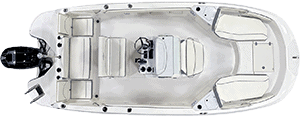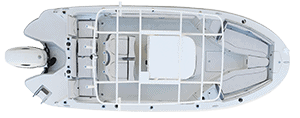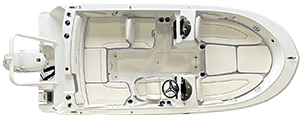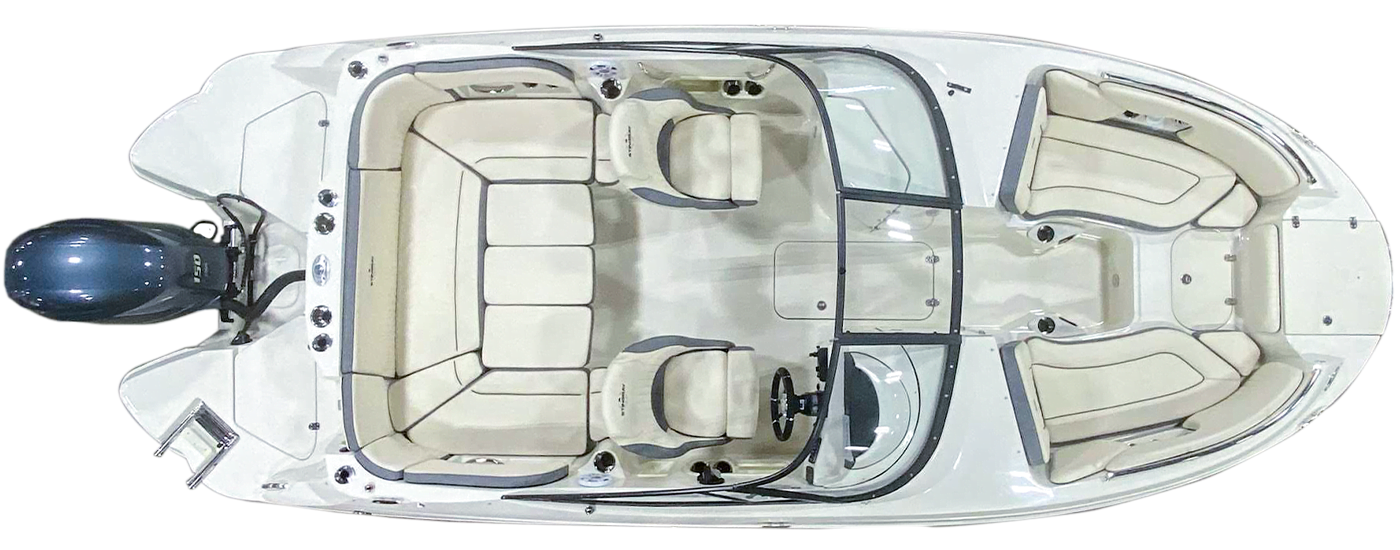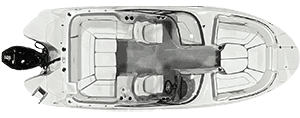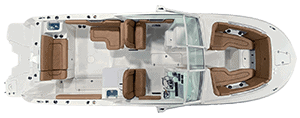Just what is a Z-Plane hull anyway?
Most of the marine industry continues to use the same technology of a century ago. By incorporating much of the technology from the auto and computer industries, STINGRAY set out to revolutionize the boating industry and bring quality to a new peak.
The exclusive STINGRAY Z-plane or "zp" hull is the first major step in that direction. There are no added volumes or surfaces (strakes). Z-planes act as horizontal planing faces when submerged, and when very near the water's surface the outside edge of the Z-plane acts as a spray release. This revolutionary design passes through the water with no bubbles or vortices formed by the hull shape.
Developed on the CAD (Computer Aided Design) system, this hull is absolutely fair. The use of planar lines have caused the hull to be dip-free from whatever angle it is viewed.
The smooth flow of water generated by this design allows the propeller better bite during both straight line speed and hard cornering maneuvers.
The Z-Plane hull has a notched transom, adopted from the offshore racing boats, that allows the drive to be mounted higher to reduce drag and increase performance.
A numerically controlled (NC) router is used to mill full scale models for tooling, bypassing the manual lofting process entirely. This process reduces prototype cost by more than fifty percent.
The use of computerized design has taken the accuracy level of manufacturing boats from 1/16" to 1/1000" and has allowed for design to be done in 3-D. A scaled 3-D human model allows Stingray the advantage of designing the boat around you, not just making you fit.



